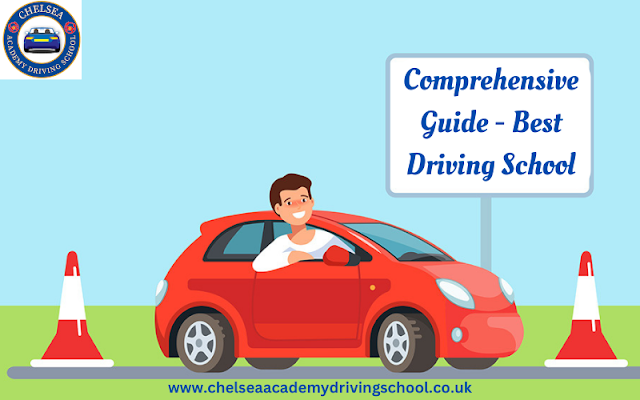Parking Policies & Restrictions in London
If you’re parking in London, you will need to consider signs, and local policies. Driving in London: Congestion Zones, Parking Regulations, and Local Recommendations.
Driving in London can be exciting yet challenging, especially for a new driver.
Historic roads, busy traffic and strict regulations means knowing how and why
to drive safely and legally in London. This guide covers important aspects of
driving in London, including congestion zones and parking regulations, as well
as useful tips for driving in the centre of town that work for both learners
and experienced drivers.
Understanding Congestion Zones.
The congestion charge is a zone in London to restrain and reduce traffic flow
in central London in an effort to reduce pollution. Here is some key
information on congestion charges in London:
Location: The congestion area includes the entire central
London area that includes Westminster, Soho and much of Southwark.
Charge: It
is a daily charge that must be paid to drive within the zone, normally £15, on
weekdays during the hours of (7am — 6pm).
Electric vehicles, motorcycles and some disabled drivers
may be exempt or discounted from paying the congestion charge.
ULEZ: The
Ultra Low Emission Zone operates 24/7 for vehicles that do not meet emissions
standards. It overlaps the CCZ but extends further.
Advice: Always
check the Transport for London (TfL) website before you drive into central
areas or risk receiving a fine that you never expected.
Parking Policies and Restrictions
Parking in London requires you to watch the signs and know what any local
policies are. Here are some of the essentials:
Controlled parking zones: Parking during prescribed hours is restricted, and
this will be clearly stated, along with the types of permitted parking, on the
signs.
Pay-and-Display: Most streets have paid parking enabled by machines
or mobile apps. Costs depend on borough.
Residents’ Permits: Parking on residential streets is typically
restricted to permit holders. Visitors may need temporary permits.
Yellow Lines: Single yellow lines restrict parking during
certain hours in most cases, while double yellow lines mean no parking at any
time.
Red Routes: These are major roads on which stopping or parking
is not allowed, allowing the traffic to flow.
Tip: Use
apps like Parkopedia or RingGo to find legal parking spots and pay
conveniently.
Advice for Local Driving in London
Driving in London is not only about following the rules as it is about
following the flow of the city. Here is a few local advice:
Plan Your Journey: London’s traffic can be unpredictable; will the
public transport recommence? If possible, use navigation apps that provide live
updates to shortcut the congestion.
Watch Out for Bicycles and Pedestrians: Many London high-streets have a cycle lane or
pedestrian crossing. Be on the look out for cyclists and pedestrians and
give-way when you need to.
Avoid Rush Hour Traffic: Try to plan driving outside of rush hour times (7
to 9 AM and 4 to 7 PM), so you do not succumb to potential traffic frustrations.
Practice in less busy areas first: If you are a learner, start off in areas like
Fulham or Putney before venturing into central zones.
Learning to Drive in London
If one is starting from scratch, the choice of driving school will be very
important. A reputable Driving school in Fulham can
help you master the skills necessary to drive in London-unique conditions.
Local driving instructors value the challenges of driving in urban areas and
can tailor their lessons, enabling you to respond well to the situations you
will face on the road, including approaching a busy junction or negotiating a
roundabout.
Conclusion
Driving in London consists of knowledge, a good attitude, and a little
flexibility. If you are aware of congestion zones, are respectful of parking
regulations, and know a few local tips, driving will be easier and safer. Just
keep learners and visitors up to date on the roadways in London.




Comments
Post a Comment